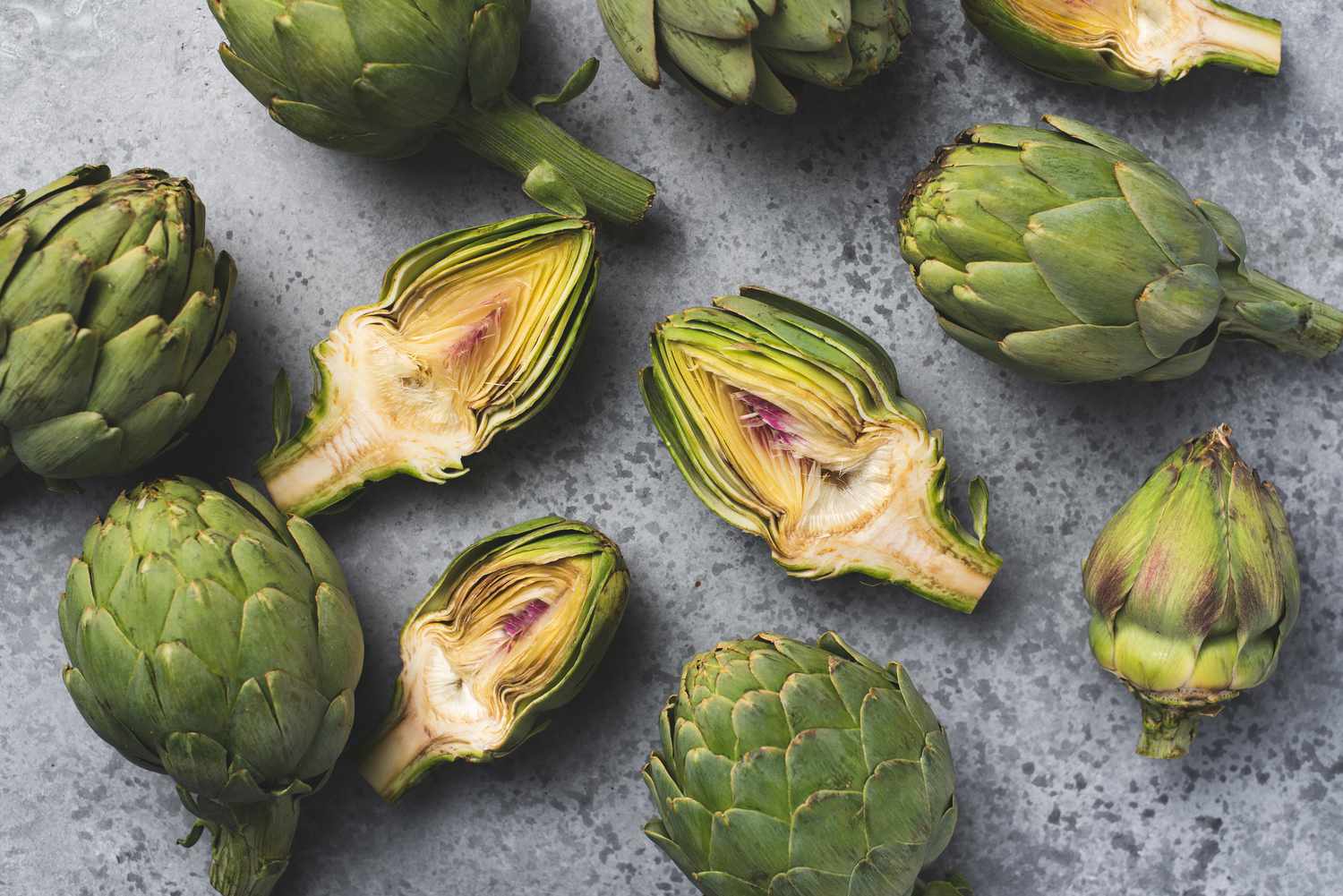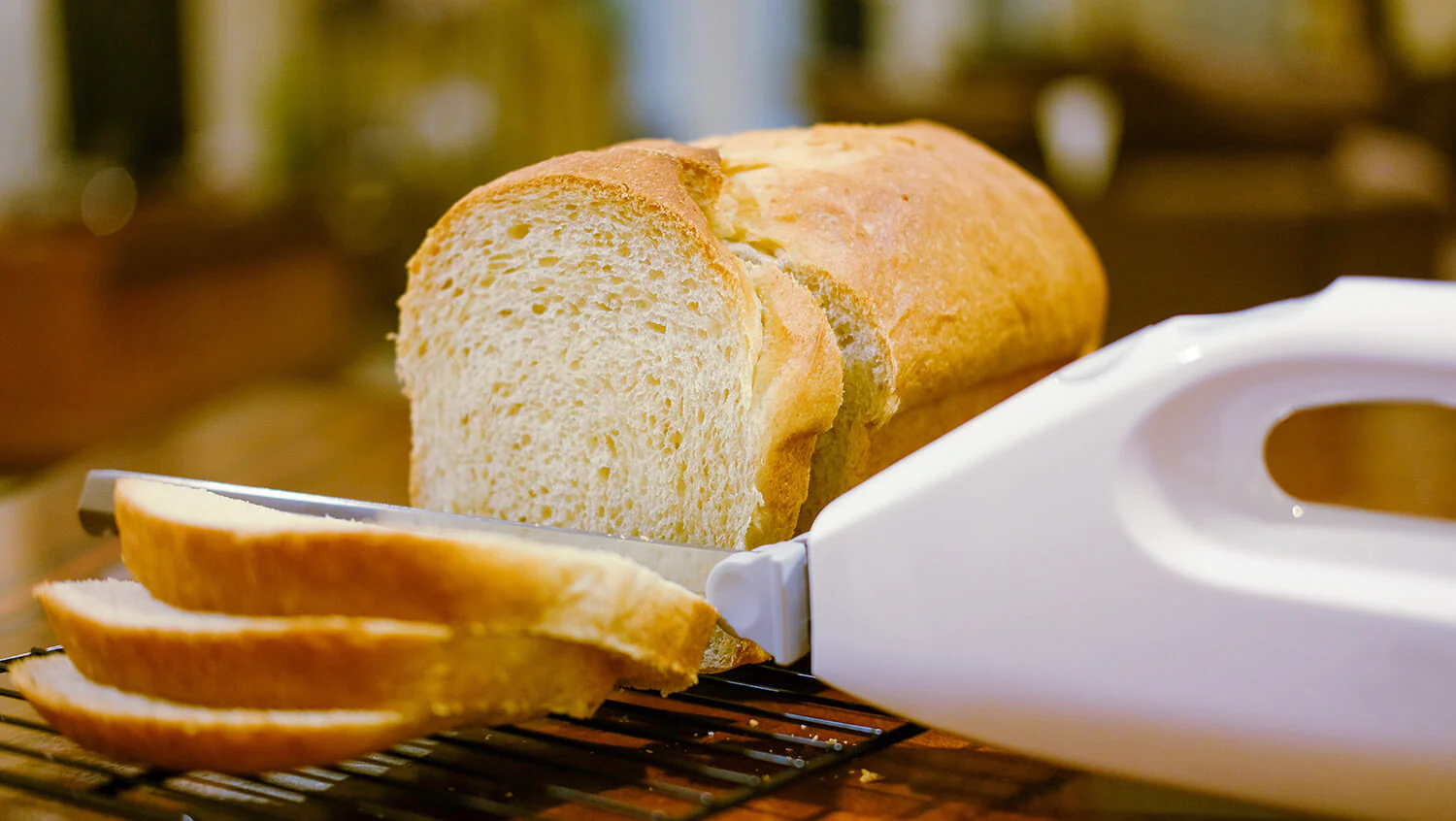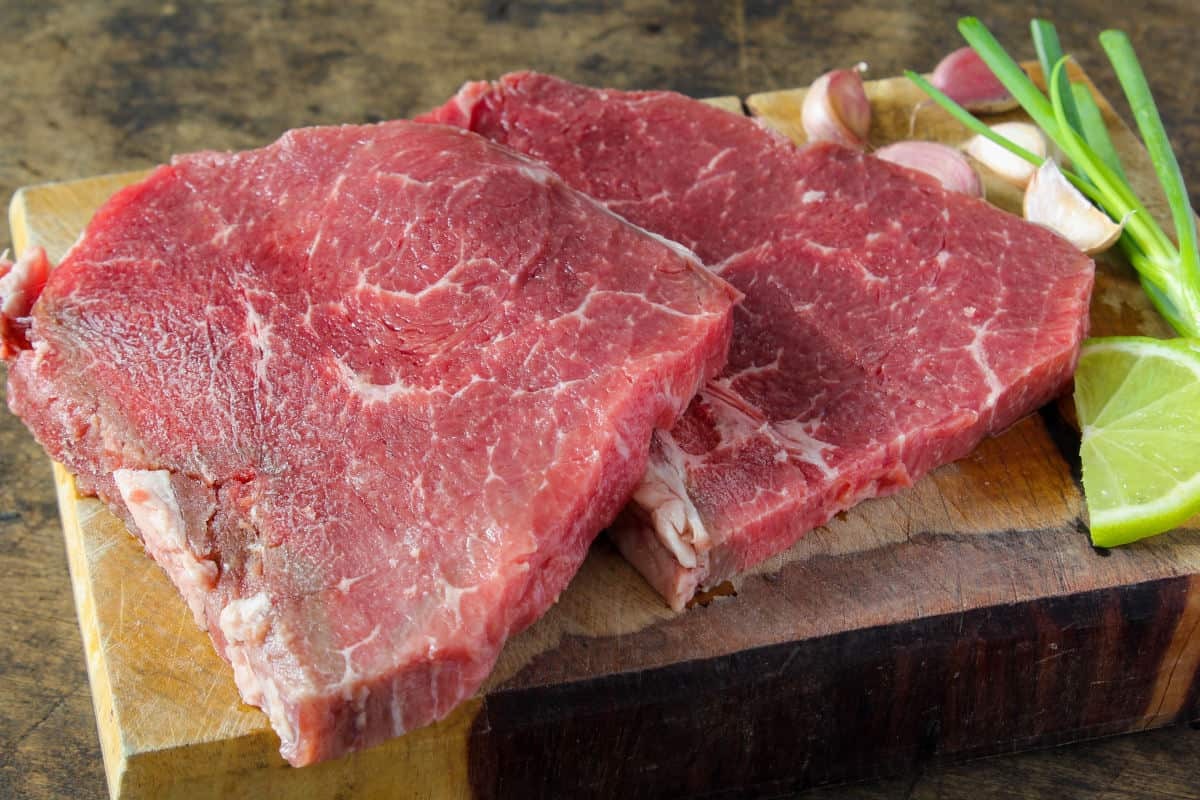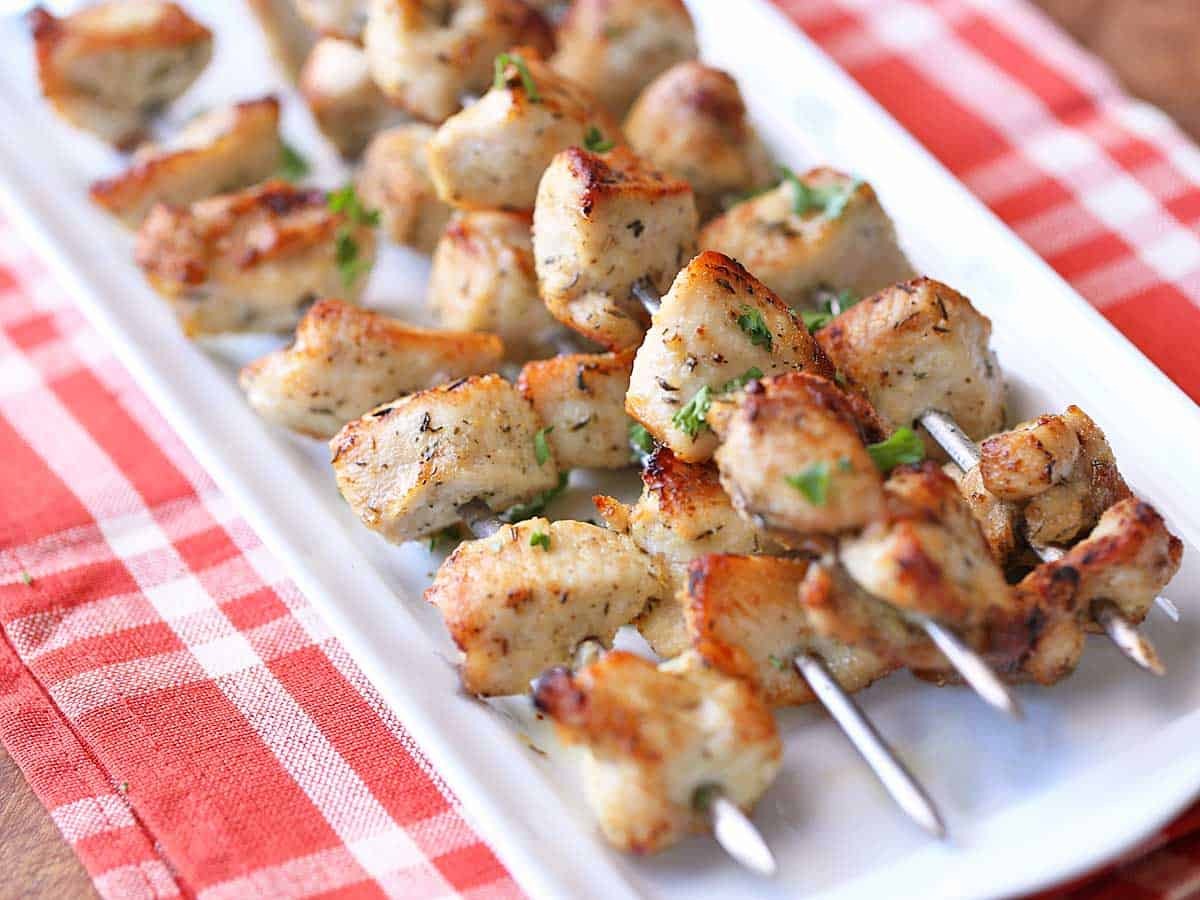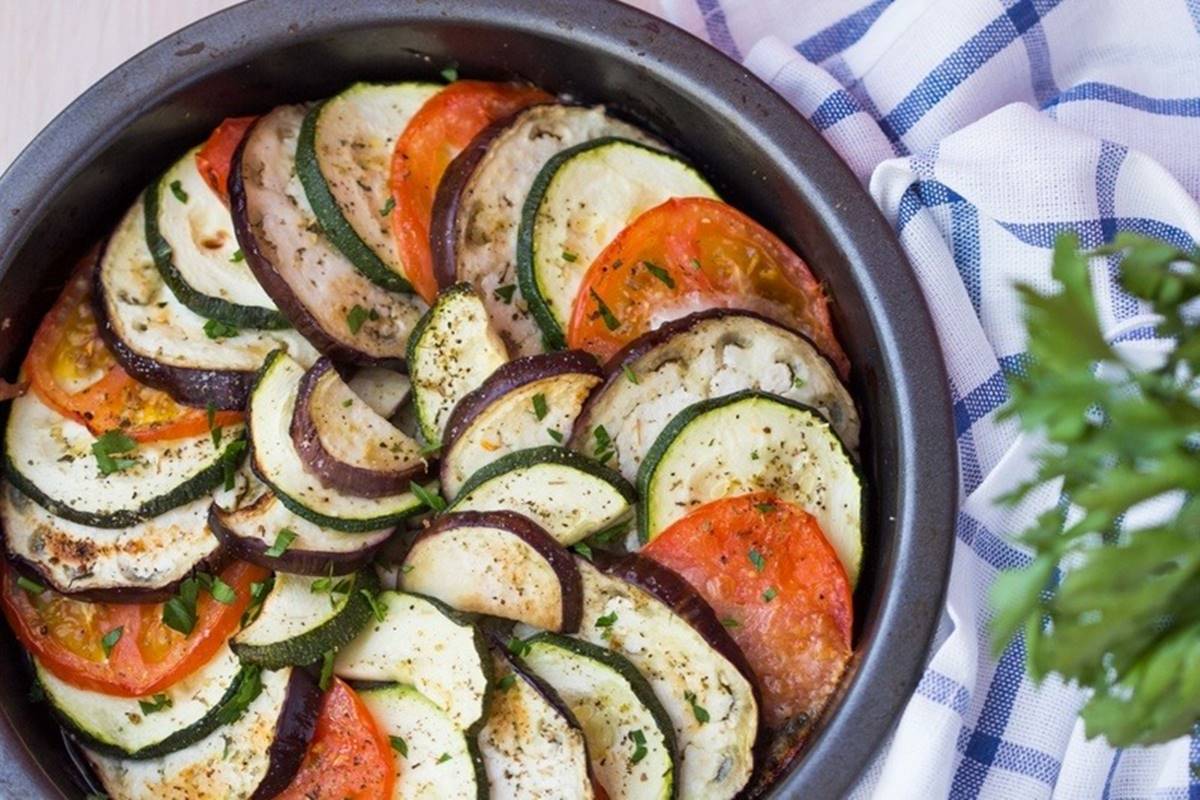How To Cut Food For 10 Month Old
As your little one grows, introducing solid foods becomes an exciting milestone. However, it’s important to ensure that the food is cut into appropriate sizes to minimize the risk of choking. Here are some helpful tips on how to cut food for your 10-month-old:
1. Start with Soft and Bite-Sized Pieces
At 10 months old, your baby is likely exploring various textures and learning to chew. To make it easier for your little one to handle the food, cut it into soft and bite-sized pieces. This helps prevent choking and makes it easier for them to pick up and feed themselves.
2. Consider Finger Foods
Encourage self-feeding by offering finger foods that are easy to grasp. Foods like cooked pasta, small cubes of avocado, soft fruits like bananas or peeled grapes, and steamed vegetables are great options. Cut these foods into small, manageable shapes that your baby can easily hold and nibble on.
3. Be Mindful of Size and Texture
The size and texture of the food you offer can make a big difference in your baby’s ability to handle it. Avoid large pieces or hard, round foods that could present a choking hazard. Instead, opt for softer textures that can be mashed or easily broken down with gums.
4. Use a Food Cutter or Grater
If you’re worried about cutting the food into the right size, use a food cutter or grater specifically designed for infants. These tools can help you achieve the ideal shape and size for your baby’s tiny hands and developing chewing skills.
5. Always Supervise Mealtime
No matter how well you cut the food, it’s essential to always supervise your baby during mealtime. Stay close by, and never leave them unattended while eating. Babies can still experience difficulties with certain foods, so your presence ensures their safety.
6. Gradually Introduce New Textures
As your baby becomes more comfortable with different textures, gradually introduce foods with more variety. This encourages their sensory exploration while helping them develop a diverse palate. Cut these new foods into manageable shapes, continuing to prioritize safety.
7. Seek Advice from Your Pediatrician
Every baby is different, so it’s a good idea to consult with your pediatrician about the best way to cut and introduce specific foods. They can provide guidance based on your child’s individual development and any potential allergies or sensitivities they may have.
Remember, introducing solid foods is an exciting time for both you and your baby. By following these tips and adapting them to your little one’s needs, you can ensure a safe and enjoyable mealtime experience. Happy feeding!
For parents looking to master the art of cutting food for their 10-month-old, there are plenty of recipes to practice with. They can start with Soft Banana Pancakes, which are easy to handle and perfect for little hands. Tender Turkey Meatballs are another great choice, as they can be cut into small, manageable pieces. Sweet Potato and Lentil Curry offers a soft texture that can be easily mashed or cut into tiny bites. For a nutritious side, Steamed Broccoli and Cheese Bites can be easily broken apart. Lastly, Soft Baked Salmon Pieces provide a protein-rich option that's gentle on the gums. These recipes not only help parents apply their cutting skills but also ensure their child enjoys a variety of flavors and nutrients.
Was this page helpful?
Read Next: How To Cut Out Bread
